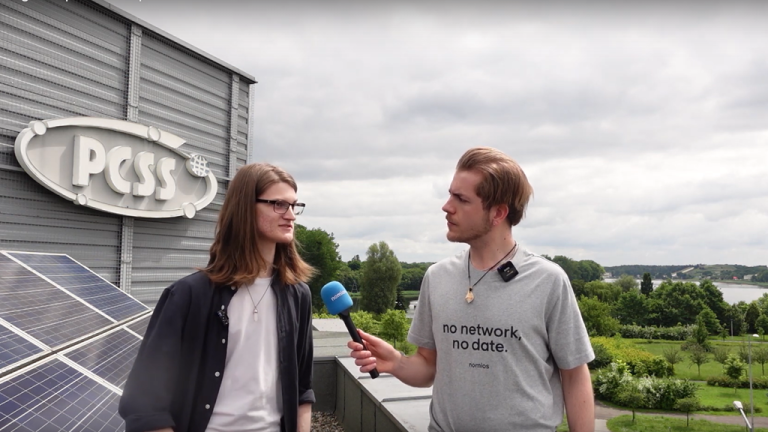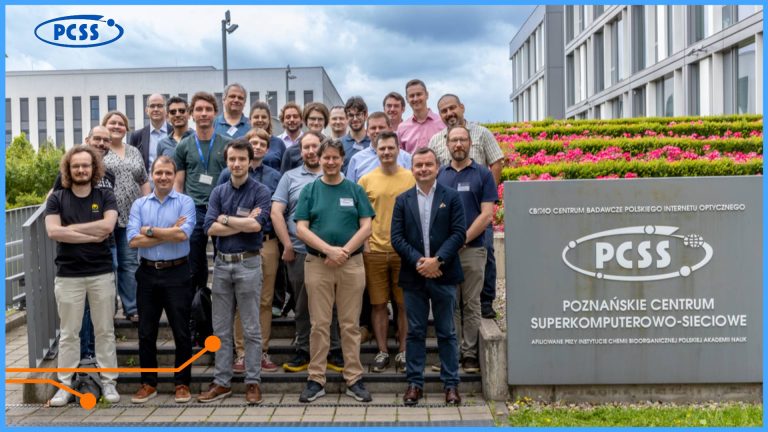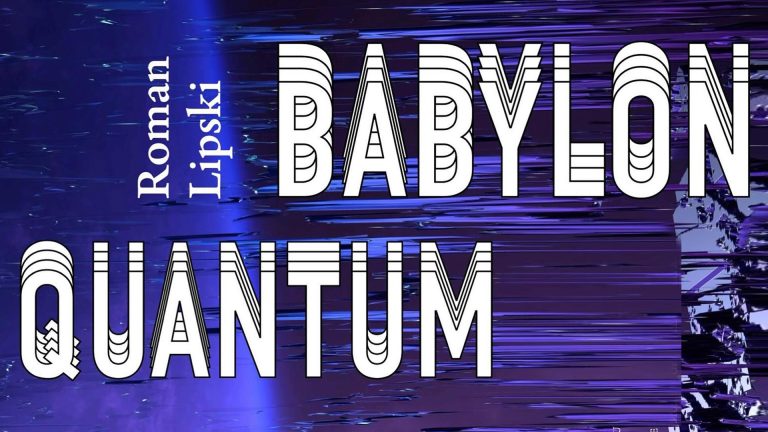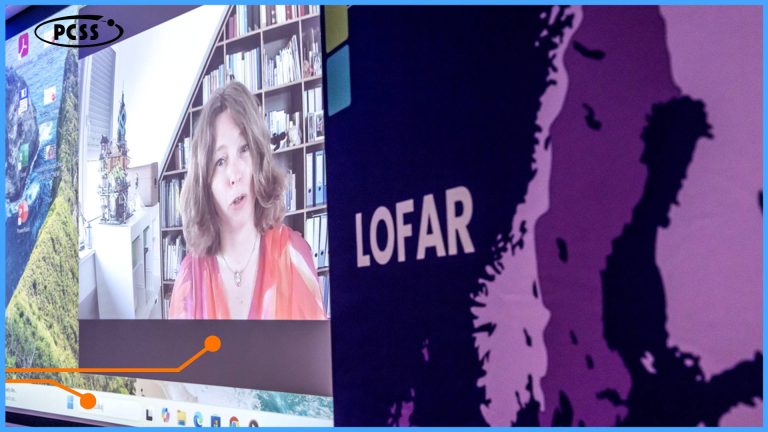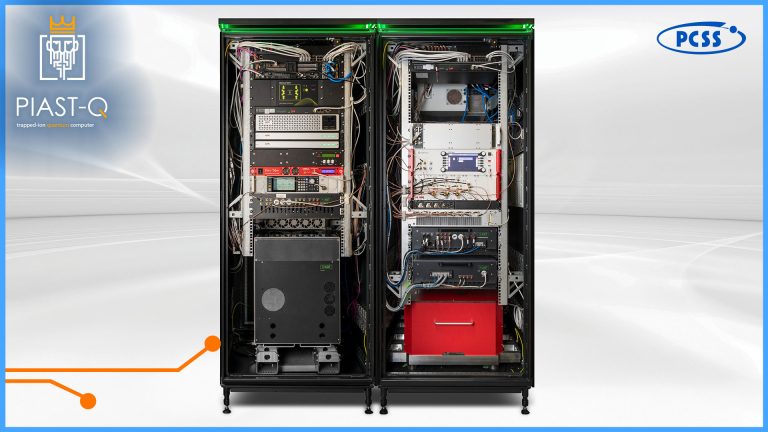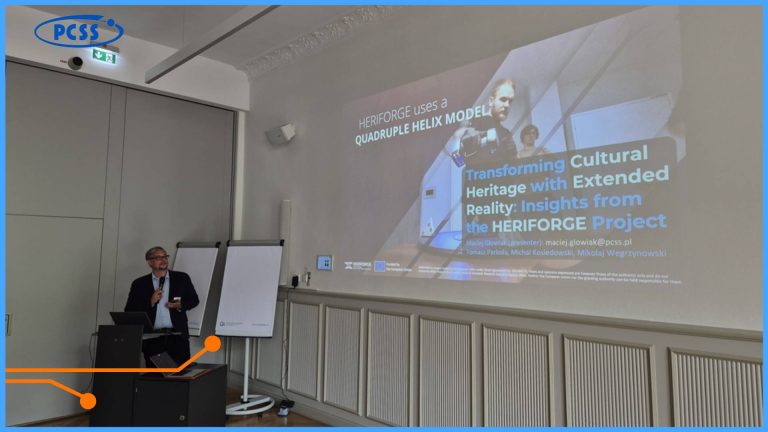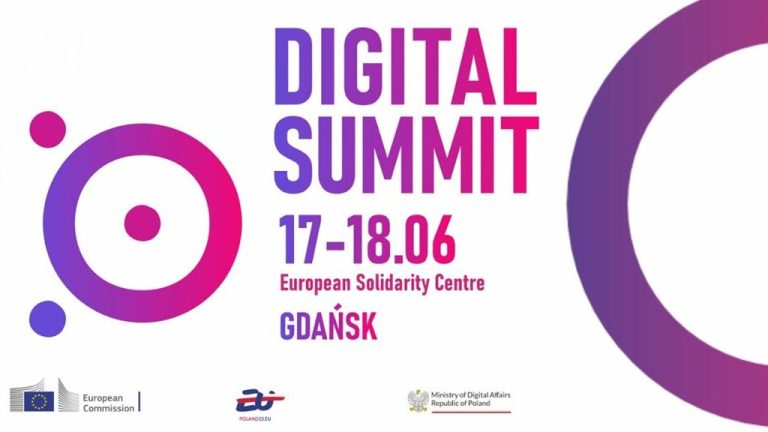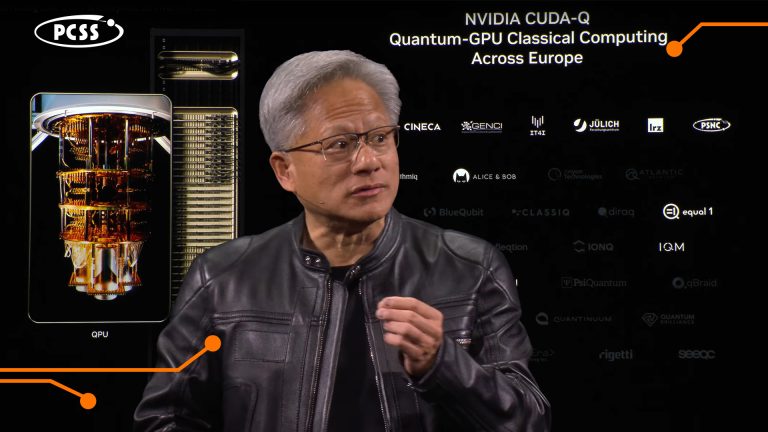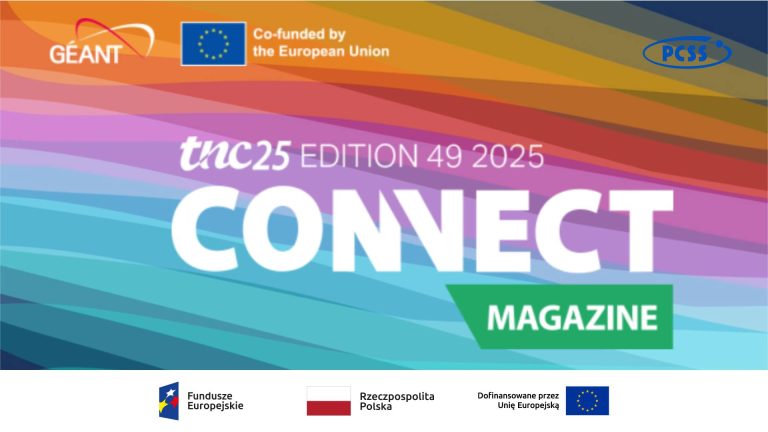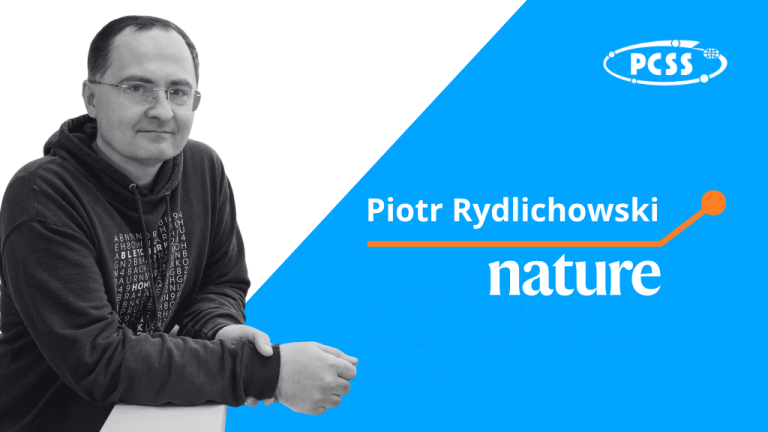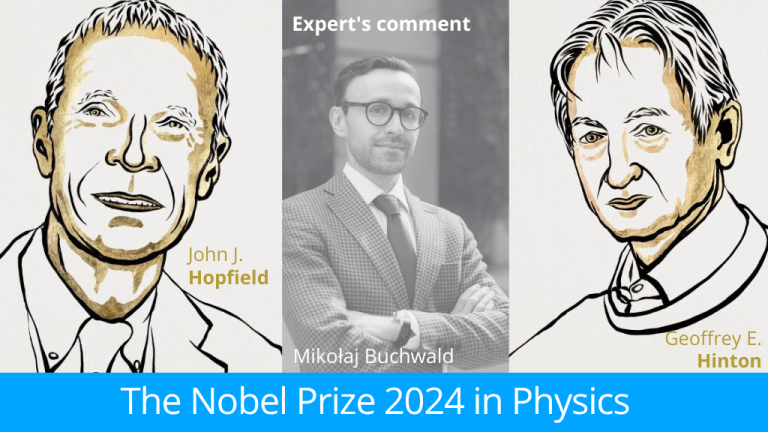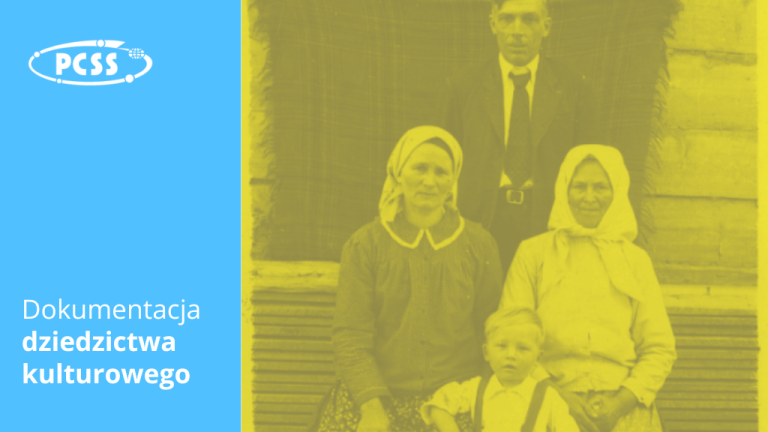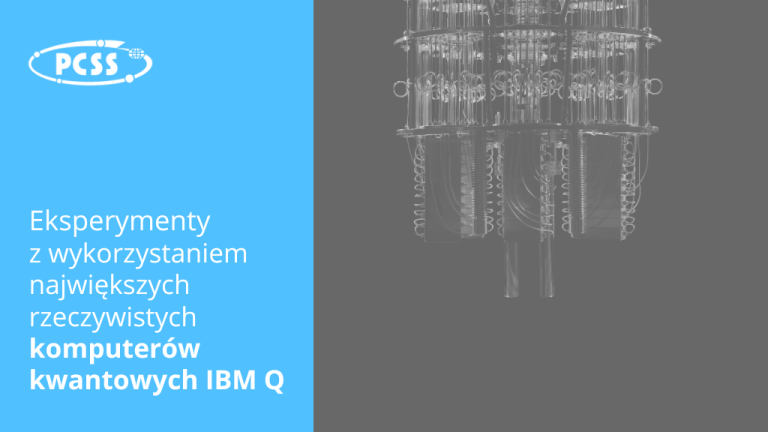Experts from Enea Operator and the Poznań Supercomputing and Networking Center have developed an algorithm to support the planning of network investment decisions. The result is a fully proprietary tool, the only one of its kind in the Polish energy industry, that supports investment processes based on data from remote reading meters, GIS network information and data from the SCADA system
Almost half a million remote reading meters are installed in Enea Operator’s network. And there will be more, as the company will install these devices at each of its customers by 2030. The remote reading meters collect a huge amount of data about the state of the network. The company wanted to use this information in a way that would be useful for investment planning, among other things. Experts from Enea Operator and the Poznań Supercomputing and Networking Center developed a tool that collects and uses data from remote reading meters, such as power quality indicators, loads, network events and voltage profiles, as well as information on interruptions from the SCADA system and network topology data.
– The energy sector is evolving rapidly. More than 180,000 renewable energy sources are already connected in our region. The distribution network has to be flexible and able to cope with high load fluctuations while maintaining adequate power quality parameters. We also want to ensure stability of supply, i.e. to minimise blackouts. Every year we spend almost PLN 2 billion on the construction and modernisation of our distribution network, and we intend to increase this expenditure in the future. That is why we came up with the idea of creating a tool that would support our investment decisions in a given area, as determined by the algorithm, said Magdalena Kordys, Enea Operator’s Vice President for Finance.
The algorithm supports investment decisions in distribution infrastructure using data on voltage fluctuations, which can result from high generation and saturation with renewable energy sources or load fluctuations. The number and duration of power outages is also one of the criteria. Important for the final result of the calculation are the amount of energy supplied and the number of customers consuming electricity, their possible complaints and the costs of handling these processes. The tool is fed with data from Enea Operator’s systems, mainly Origami, SCADA and GIS. This enables the algorithm to provide information on the optimal diversification of financial resources based on actual network data. In 2025, the investment algorithm will be available to authorised employees of the company in the form of an application, which, in addition to data expressed in tabular form, will provide a ranking of network points illustrated on a map.
– The use of innovative digital technologies in the energy industry was the basis of the cooperation between GK Enea and the Poznañ Supercomputing and Networking Center. Less than two years ago, we mainly defined the assumptions and directions of joint activities, followed by direct and close cooperation with Enea Operator. This has led to the successful implementation of new solutions to support key decision-making processes in energy investment processes based on various data sources. We are pleased that our digital potential and commitment have already helped us to meet many challenges in the energy sector, although I would like to point out that this is only the beginning of our cooperation and we are already planning many new and interesting joint activities for and with the energy sector, emphasises Dr. Krzysztof Kurowski.
PSNC supported Enea Operator in data integration and preparation, statistical analysis, algorithm development and visualisation of results. A team consisting of employees from the Energy Efficient ICT Technologies Department and the Large Scale Applications and Services Department prepared a pilot version of the tool, including implementation of the investment allocation algorithm together with visualisation in the form of interactive maps, and conducted tests on data from Enea Operator’s entire distribution network.
– This is an example of effective cooperation between PSNC and Enea Operator, where IT skills are applied to the ongoing digitalisation and modernisation of the power grid. We look forward to further cooperation in the implementation and development of the developed tool, as well as in the implementation of other innovative projects in the near future, argues Ariel Oleksiak, Ph.D.

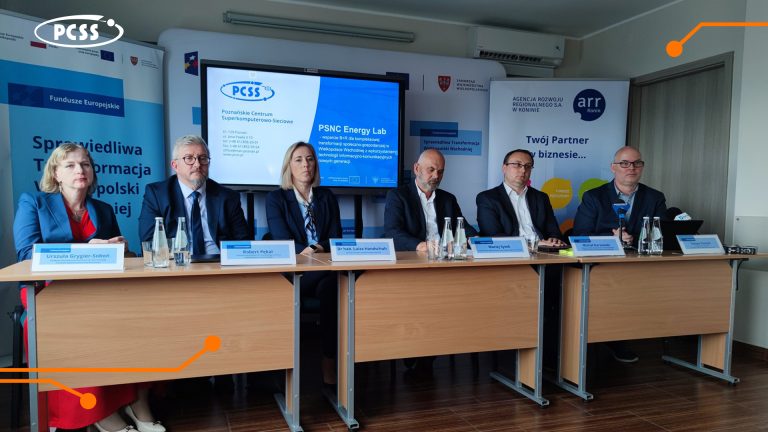
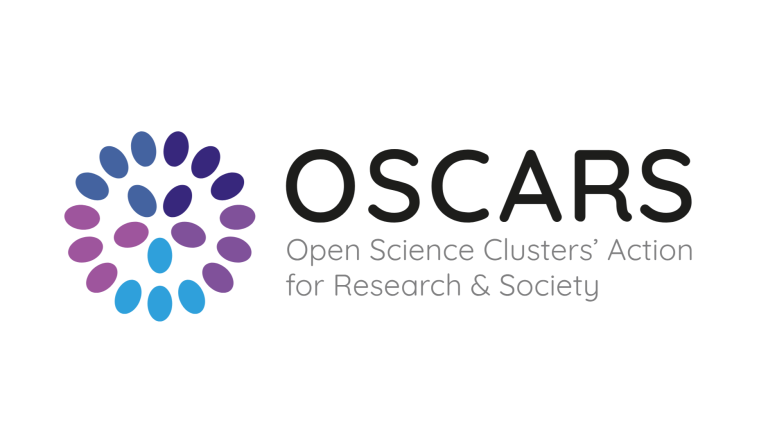
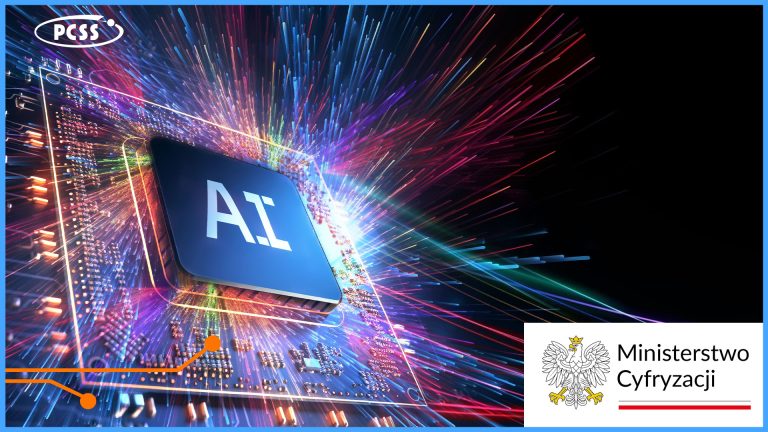

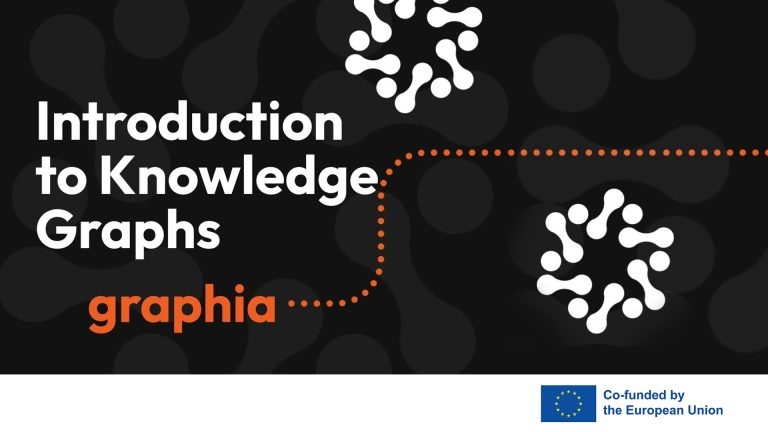
![The image displays the word "LUMEN" in a stylized, outlined font, with different letters connected by lines and arrows to various academic disciplines. The letters "L" and "U" on the left are linked to "Mathematics [Maths]" and "Social Sciences and Humanities [SSH]," while the letters "M," "E," and "N" on the right are associated with "Earth System Science [ESS]" and "Molecular Dynamics [MD]." The overall design suggests an interconnectedness of these fields, potentially illustrating the interdisciplinary nature of something represented by "LUMEN".](https://www.psnc.pl/files/2025/05/lumen2_EN-768x432.jpg)

